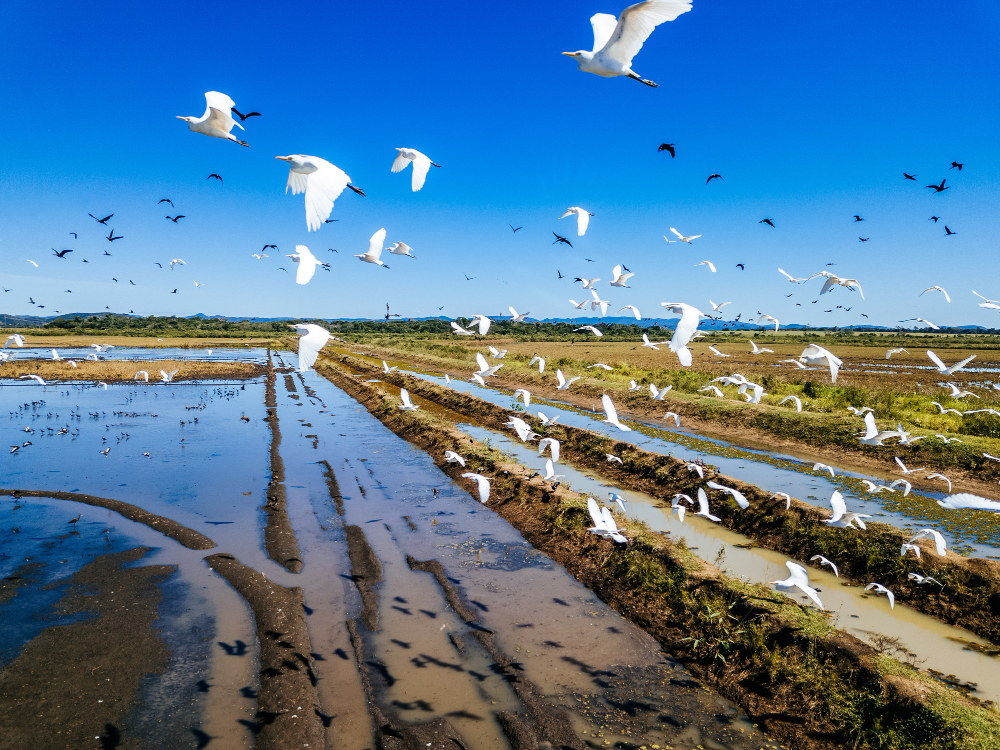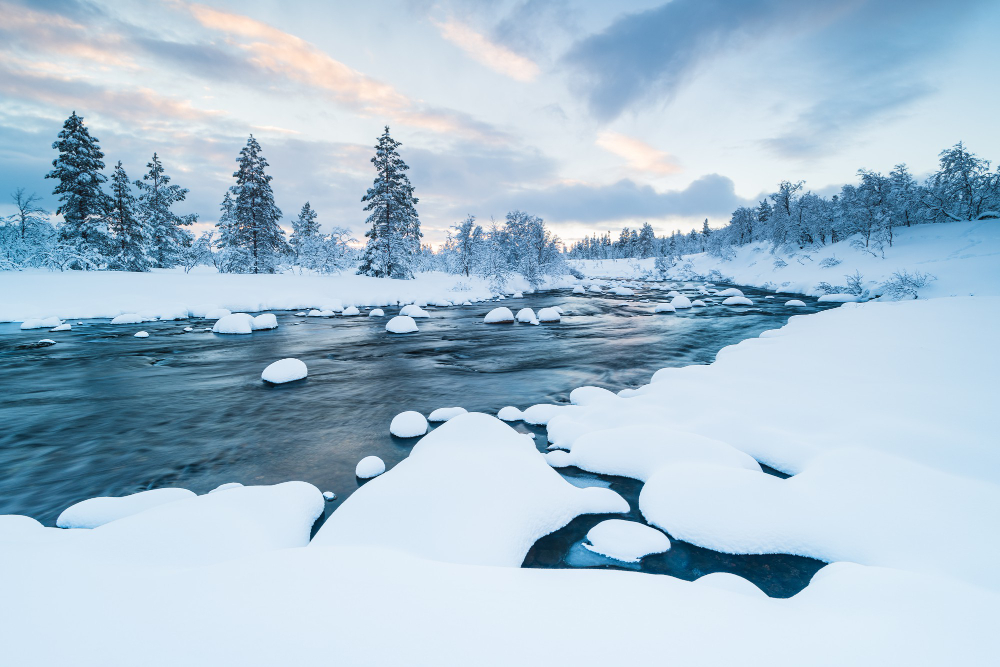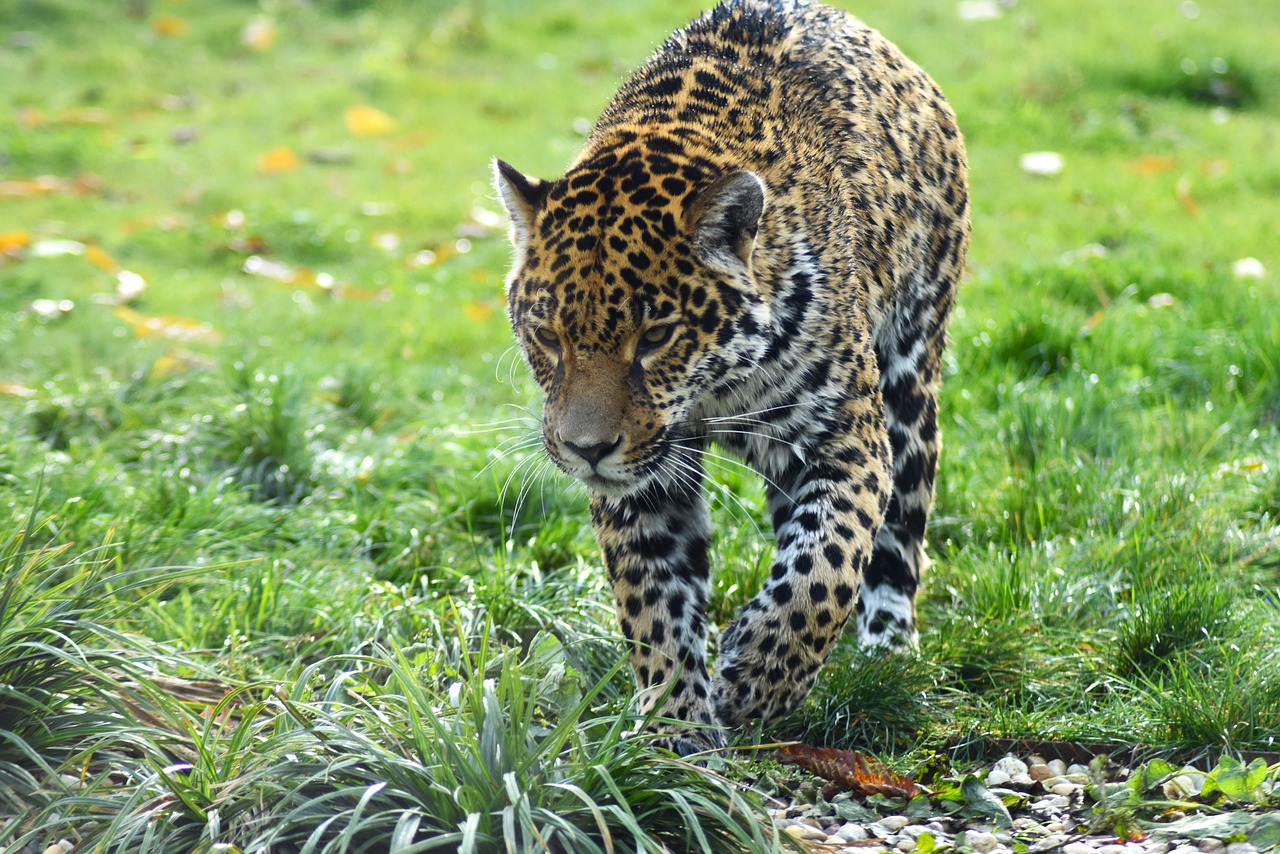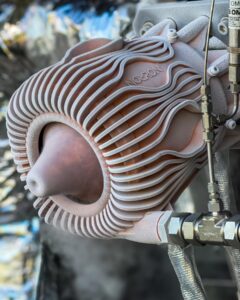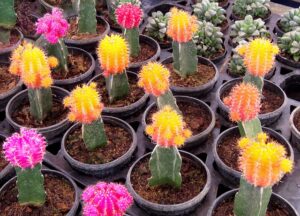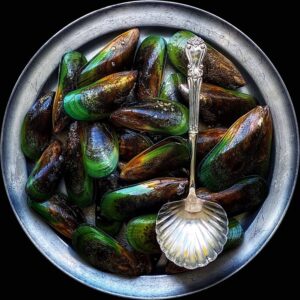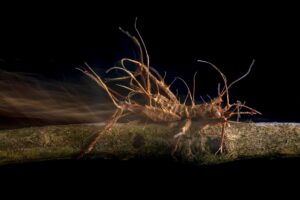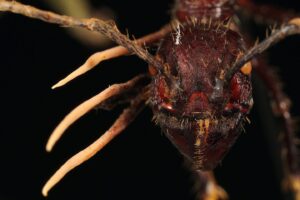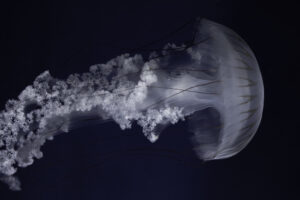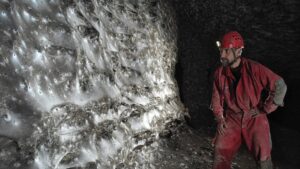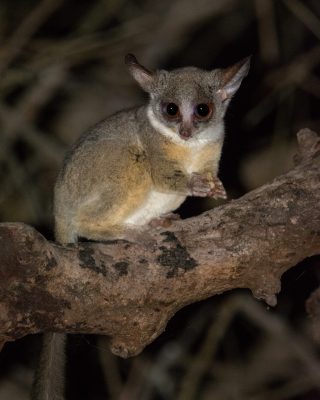 Pin
Pin While you sleep, part of the animal kingdom is very busy. Most animals feel much safer during the hours of darkness — and Nature has ensured that they will be.
Which creatures are active at night? Why should so many animals be active at night?
The answer lies in the story of their development from the earliest and most primitive stages.
Those early animals felt much safer if they kept hidden while the light was bright enough for them to be seen by their hunters.
Gradually, those creatures which spent more and more time in the dimmer light, developed very sensitive eyes which enabled them to find their food without having to venture out in the daylight.
In turn, the hunters too, developed the kind of senses that would allow them to stalk and catch their prey at night.
Creatures who had less reason to fear being attacked, such as birds, continued to be active during daylight.
Almost all birds feed and fly by day because they have always been able to protect themselves by sheltering in trees and other safe places.
The owl is one of the few nocturnal birds and the reason is that mice and small rodents — its food — are also nocturnal creatures.
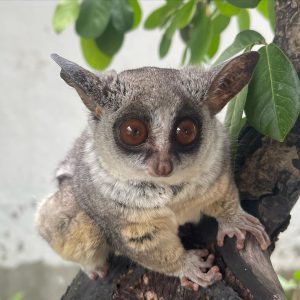 Pin
Pin Members of the lemur family, BUSH BABIES live in trees and sleep by day, usually in a hollow tree or in the middle of thick foliage. They vary in size, but the largest is not much bigger than a domestic. cat. Bush babies have an unusual cry which has earned them their name of ‘babies’.
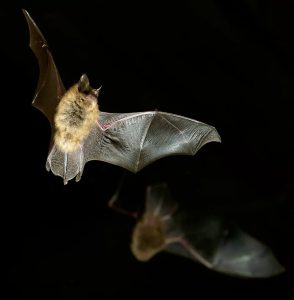 Pin
Pin BATS belong to an enormous and varied family and are found in all parts of the world except polar regions. Although they are generally disliked by people, there seems to be no good reason, for they are not fierce. The only mammals with real wings, they also have a natural ‘radar’ system which aids them with direction finding in their nocturnal life.
In order to hunt and survive in the darkness, animals have developed many marvellous ways of seeing and sensing their environment.
In our own eyes, the retina absorbs only a fraction of the light reaching it through the pupil. Many nocturnal animals have a membrane behind their retina which reflects light back into it, just like a mirror. It enables these animals to see in light that would be much too dim to allow the human eye to function effectively.
This reflecting quality in the eyes of animals is demonstrated when one of them is caught in the glare of a car headlight. Their eyes shine, because the light is too strong for the membrane to process, and the light not being absorbed is being reflected out again.
Another characteristic of night-time eyes is that the pupils react much more quickly to changes in the intensity of light. For instance, an owl’s pupils dilate twice as quickly as our own.
This protects the eye from long-term damage and prevents temporary dazzlement which could prove fatal, especially for the hunted.
Acute hearing also enables animals to maintain activity in darkness.
The bat-eared fox and the aardwolf eat termites which they catch by listening for their movements in their burrows.
Most animals can pick up a sound at a much higher pitch than ts audible to man, but it is important not only to hear, but to know exactly where the sound is coming from.
To pin-point the position of a sound, animals have a well-developed ability to analyse and compare the different volume of sound reaching each of their separate ears. The difference in sound level picked up by one ear compared to the other assists the animal in establishing the direction of the sound.
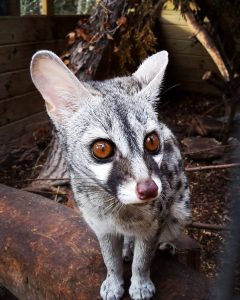 Pin
Pin Small and lithe, GENETS are found in parts of Europe, Africa and Asia. They are solitary creatures and come out to hunt at night. Although they do not live in trees, they are all very good Climbers and kill their prey (birds, insects and rodents) by pouncing on them and biting them in the neck.
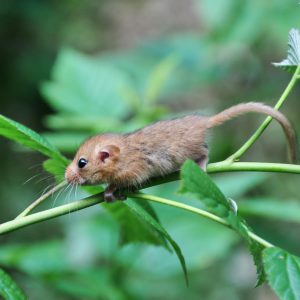 Pin
Pin If Lewis Carroll had not made the DORMOUSE popular in “Alice in Wonderland”, it is doubtful if many people would know about it. It hibernates during the winter for up to six months and, even during the waking season, ventures out only at night. Probably, the ‘dor’ in its name comes from the French verb, dormir — to sleep.
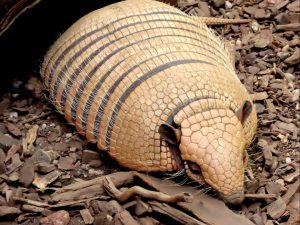 Pin
Pin Spaniards gave this unusual looking creature — Its name when they first found it in the New World. They called it the ARMADILLO — ‘the little armoured thing’. Its armour would seem to fit it for fighting. But it rarely does so. Timid and only too happy to spend most of its active life under cover of darkness, it feeds on roots, worms, insects and the like.
The wide-eyed hunter
The bird most usually thought of as ‘of the night’ is the owl. It has features common to other creatures of darkness and some peculiarly its own.
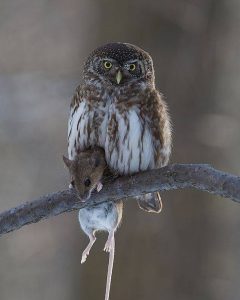 Pin
Pin Found in most areas of the world, there are over 130 species, varying considerably in size. For example, the Little Elf Owl is no more than 14cm. (5½ins.) long and the Snowy Owl is over 60cm. (2ft.) long.
All owls, however, are birds of prey. That is, they are meat eaters, feeding on mice, rats, shrews, worms and the like, which they hunt and kill usually at night. Some, though, venture out quite happily during the day. The Snowy Owl, in fact, has to do so, as it lives within the Arctic Circle where, for part of the year, the Sun never sets.
An owl’s eyes are enormous in relation to its size. The eyeball of the large Snowy Owl is not much smaller than that of an adult man. The retina (sensitive sight membrane) of an owl is particularly receptive to light, thus enabling the bird to see in semi-darkness. Its eyes focus together, giving it three-dimensional vision, unlike most other birds, whose eyes are situated on either side of their heads. An owl can turn its head in a half circle in either direction, so that in-spite of the eyeballs themselves being able to turn only a little way within its head, it has a completely spherical range of vision.
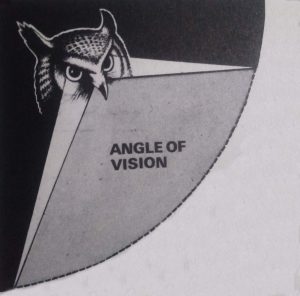 Pin
Pin Above is an owl’s angle of vision when its head is pointing straight ahead. Its judgement of distance is most accurate over the dark grey portion of the area. Very few birds have eyes that focus together in this way. Most see in different directions at the same time. Human eyes focus together but their clarity of vision is not so great as owls, because human eyes have much less sensitivity.
It is wrong, though, to think that an owl can see in complete darkness. No creature can do that. Nor is it blind in sunlight. Its eyes have what amount to extra eyelids which shield them from bright light.
An owl’s hearing, too, is very acute. Some locate their prey more by sound than by sight. Their ears are large and the openings differ in size from each other, so helping in judging the position of the prey.
The plumage of an owl is particularly soft, making its flight noiseless. Again, this aids its hearing, at the same time increasing the element of surprise in its hunting.
The distinctive flat face of an owl, too, is thought to pick up sound waves, acting as a sort of ‘noise reflector’.
We tend to think of the owl as a ‘wise old bird’, but the description is really a myth, based solely on the fact that the bird was held sacred by Athena, the Greek goddess of wisdom. Owls deserve more praise for their hunting skills than their wisdom.
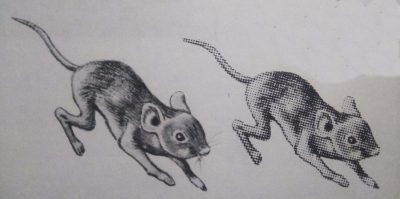 Pin
Pin The eyes of the owl are among the most effective light-gatherers in all Nature, providing them with great clarity of vision. Above are two drawings of a rat, the — one on the left as an owl might see it from the top of a tree, and the one on the right as a man might see it from the same height.
There are a variety of creatures that come alive and become active at night. These nocturnal creatures have evolved and adapted to thrive in the darkness, taking advantage of the reduced competition for resources and the cover of night.
These are just a few examples of the wide array of creatures that become active at night. The darkness provides them with a unique opportunity to avoid predators, find food, and carry out their essential activities in their respective ecosystems.
These are just a few examples of the wide array of creatures that become active at night. The darkness provides them with a unique opportunity to avoid predators, find food, and carry out their essential activities in their respective ecosystems.
Several physiological adaptations allow certain creatures to be more active at night compared to during the day. These adaptations enhance their ability to navigate, communicate, hunt or forage, avoid predators, and take advantage of specific nighttime resources. Some common physiological adaptations include:
These physiological adaptations collectively enable nocturnal creatures to thrive at night by maximizing their sensory capabilities, energy efficiency, and utilization of nocturnal resources.
Nocturnal creatures are animals that are active during the night, while diurnal animals are active during the day. Due to the difference in their activity periods, their hunting strategies also differ significantly. Here are some key differences:
There are specific habitats or environments where nocturnal creatures are more likely to be found. Some common ones include:
Several factors contribute to the increased activity of nocturnal creatures during nighttime hours:
It’s important to note that not all nocturnal animals exhibit the same behaviors or are active exclusively at night. Some species may exhibit crepuscular activity (active during twilight hours), have occasional nocturnal activity, or be primarily active during specific seasons or times of the year.
There are several ecological advantages for animals to be active at night, which contribute to the overall balance of the ecosystem. Some of these advantages include:
In summary, the nocturnal behavior of animals provides various ecological advantages that contribute to the overall balance of the ecosystem. It reduces competition, promotes niche differentiation, allows for efficient energy use, and facilitates important ecological processes such as pollination and seed dispersal. These factors collectively maintain the biodiversity and stability of the ecosystem.
There are several evolutionary reasons why certain animals have evolved to be active at night instead of during the day. These adaptations allow animals to exploit specific ecological niches and maximize their chances of survival and reproductive success. Here are some insights into the evolutionary reasons behind nocturnal behavior:
It’s important to note that the evolution of nocturnal behavior is often a complex interplay between ecological factors, including predation pressure, resource availability, and competition. Various factors can favor animals becoming nocturnal, and the specific reasons may vary depending on the ecological context and the species in question.
Frequently Asked Questions for "Nocturnal Creatures" :
Creatures being active at night refer to various animals, insects, and even plants that exhibit heightened activity during the nighttime hours. These organisms have evolved to adapt to the darkness and have developed unique characteristics and behaviors that help them thrive in nocturnal environments.
There are several reasons why certain creatures have evolved to be nocturnal. First, it provides them with a protective advantage as darkness provides cover from predators that rely on sight. Second, competition for resources is reduced during the night, allowing these creatures to access food, shelter, and mates more easily. Lastly, some creatures may have sensory adaptations that work better in low-light conditions, allowing them to navigate, hunt, or communicate more effectively.
There is a wide variety of creatures that are active at night. Examples include owls, bats, raccoons, foxes, skunks, moths, various species of insects like fireflies and beetles, some species of spiders, and certain plants that bloom or release fragrances specifically at night to attract nocturnal pollinators.
Nocturnal creatures have developed numerous adaptations to navigate and thrive in the dark. For instance, they often possess enhanced night vision with larger eyes to capture more light. Some creatures, like owls, have specialized feathers that allow them to fly silently, aiding in their hunting abilities. Many nocturnal animals have keen hearing and acute senses of smell to compensate for reduced visibility.
Nocturnal activity offers several advantages to creatures. As mentioned earlier, it reduces the risk of predation as they are better camouflaged or hidden in the darkness. The scarcity of competing species during the night provides them with greater access to resources like food and territory. Additionally, some creatures have evolved specific adaptations to exploit nocturnal niches, giving them a competitive edge over diurnal species.
Certain creature species can exhibit both diurnal (daytime) and nocturnal activity patterns, known as crepuscular behavior. This behavior can be seen in animals such as deer, rabbits, and some bird species. Crepuscular animals take advantage of low-light periods, such as dawn and dusk, where they can access both the resources available during daytime and nighttime.
No, not all nocturnal creatures are harmful or dangerous to humans. While there are certainly species that can pose a threat, such as venomous spiders or certain predators like large cats, the majority of nocturnal creatures are harmless. It is important to remember that they have evolved to survive and fulfill their ecological roles, and generally, they do not have any interest in human interaction unless provoked or startled.
It can be safe to observe and interact with nocturnal creatures, provided that guidelines for responsible wildlife observation are followed. It is crucial to maintain a respectful distance and not disturb their natural behavior or habitats. For personal safety, it is advisable to avoid direct contact with nocturnal species that have the potential to cause harm. Additionally, some nocturnal creatures, like certain bats, are protected by law and should not be handled without proper permits or training.
Yes, nocturnal creatures play important roles in their respective ecosystems. They can influence the environment through various activities like pollination, seed dispersal, predator-prey interactions, and nutrient cycling. For example, nocturnal predators help control populations of nocturnal herbivores, maintaining a balanced ecosystem. Additionally, some plants depend on nocturnal pollinators, such as moths, to reproduce. Thus, the presence of nocturnal creatures can greatly impact overall biodiversity and ecosystem health.


